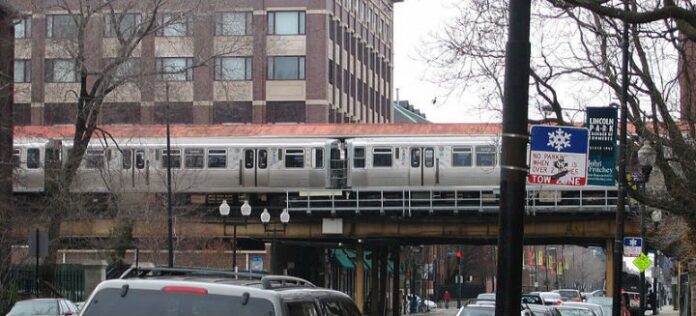T-Mobile US, AT&T, Sprint, Verizon part of $32.5M DAS deployment
An elaborate distributed antenna system will bring LTE to the Chicago subway system under the terms of a deal between the city and America’s top four wireless carriers.
Chicago Mayor Rahm Emanuel announced the $32.5 million investment, brokered by Chicago Infrastructure Trusts reps, with T-Mobile US, AT&T, Verizon Wireless and Sprint.
The four carriers “have collectively agreed to fund the entire upgrade related to the design and construction of a next generation [DAS] capable of supporting the latest 4G wireless networks and mobile devices,” according to the announcement.
In addition to providing better coverage for subway riders, the upgrade is also expected to allow for more robust first responder communications in the subterranean complex.
The project, which will require about 50 technicians, is expected to be complete by the end of the year.
Emanuel said the move will bring “21st century technology to every rider on every line of our 21st century transit system. This is another way that we are investing in a modern [Chicago Transit Authority] to encourage ridership, make Chicago more economically competitive, and open up more economic opportunities to more residents throughout the city.”
Once the DAS installation is complete, Chicago will have the largest LTE-connected subway system in North America. There will be continuous LTE coverage for the 22 miles from Chicago O’Hare International Airport through the Red and Blue subway lines.
Neville Ray, CTO for lead provider T-Mobile US, said the current tech is a decade old and predates most smartphones.
“One behalf of the four national wireless providers, we, along with the CTA, the city of Chicago, and the Chicago Infrastructure Trust, are thrilled to bring the millions of Chicago subway riders the benefits of an improved wireless experience and we are committed to a strong partnership and successful implementation,” Ray said.
Emanuel and CTA President Forrest Claypool have shepherded a number of tech-related transit improvements including better geo-tracking for trains and buses, which is tied to digital information displays at terminals.
“The network modernization project not only improves our commuters’ experience by offering faster and more robust wireless services that supports today’s tablets and smartphones,” Claypool said, “but it also increases system safety measures by providing more reliable communication between CTA personnel and emergency responders.”

